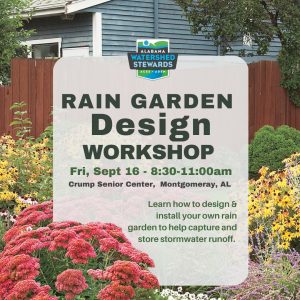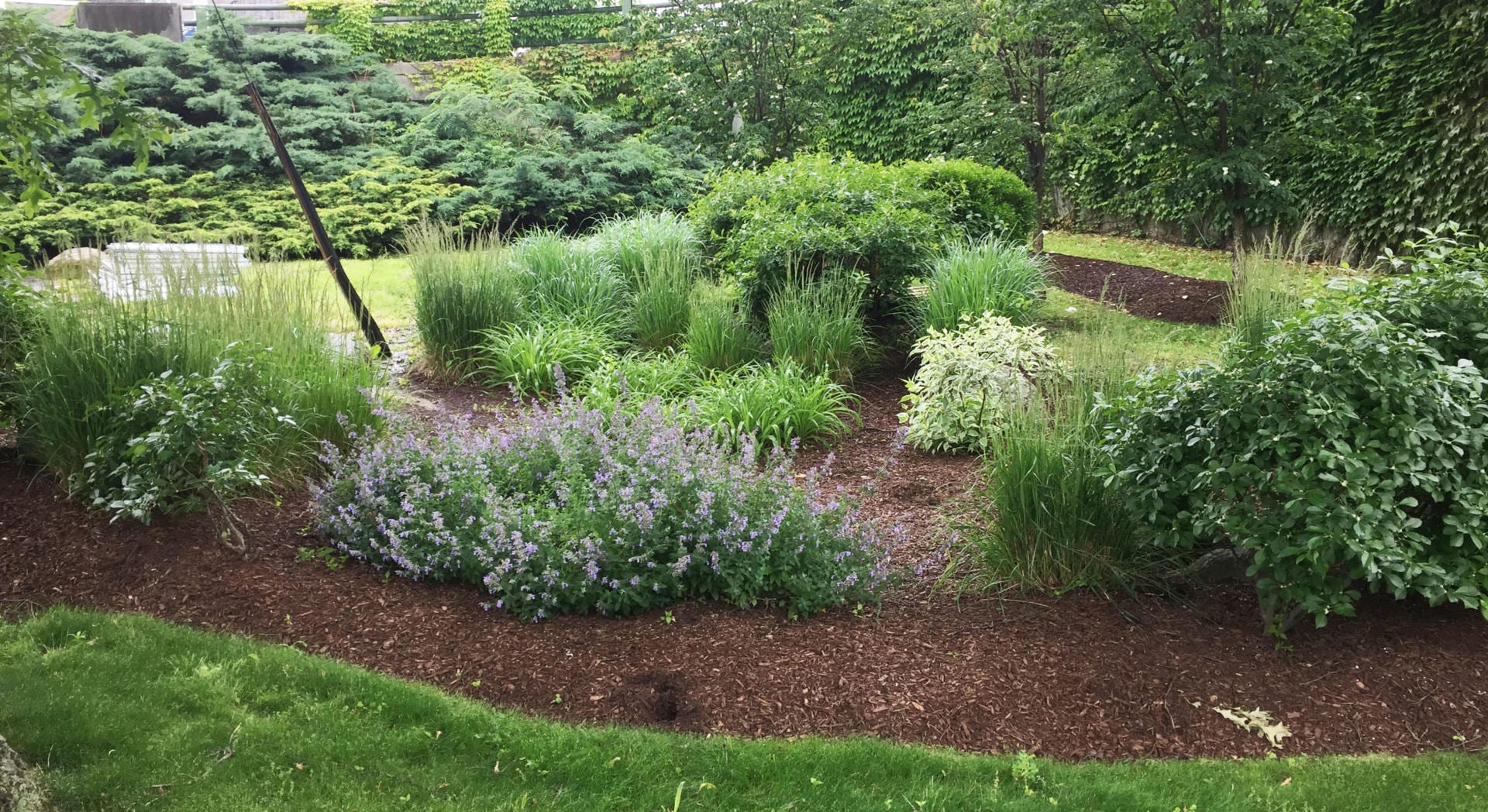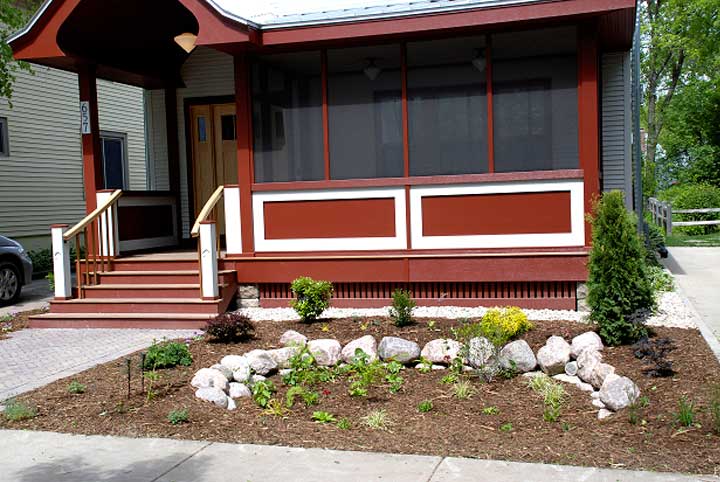what is a functioning rain garden
A rain gardens functional purpose is to offer a place for this runoff water to collect be filtered and then absorbed back into the earth. You can also use a combination of.

Rain Garden Design Workshop Auburn University Water Resources Center
A rain garden in temperate climates will unlikely dry out completely but gardens in dry climates will need to sustain low soil moisture levels during periods of drought.

. On the other hand rain. Rain gardens are a beautiful and colorful way for homeowners businesses and municipalities to help ease storm water. Because water is only in the rain garden for a day or two it is not likely that it.
Rain gardens perform the. It is designed to temporarily hold and. They collect water in natural or constructed.
Capturing rainwater filtering out pollutants and recharging groundwater. Rain Gardens Collect Rain Water and Snow Melt. When stormwater runs down roofs over streets and.
Rain gardens recreate the natural function of the land which includes. The Urban Rain Garden designed by Rhiannon Williams for the RHS Hampton Court Flower Show 2017. The water then slowly seeps into the ground.
The goal of a properly functioning rain garden is to reduce. Rain gardens also conserve water reducing the need for irrigation. Collect water in raised planters.
Its objective is to. They can be constructed as simply as. A rain garden also known as a bioretention cell is a small garden containing shrubs flowers and perennial plants grown in a small depression formed on a natural slope.
Rain gardens are typically bowl-shaped landscape features that capture and absorb rainfall and snowmelt. Rain gardens are depressions in the landscape that capture precipitation filter and absorb it through soil. The goal of a properly functioning rain garden is to reduce polluted stormwater runoff and recharge the water table.
The garden is usually planted with native plants that are tolerant of wet conditions. Rain garden style is a matter of individual taste but rain garden function is the result of careful planning and measurement. There are several other homeowners who have participated in the.
These gardens can help to alleviate local flooding issues while improving. A rain garden is a garden that is specifically designed to collect and absorb rain water from roofs driveways and other hard surfaces. The rain garden fills with a few inches of wa-ter after a storm and the water slowly filters into the ground.
They can be used to. A rain garden is a garden that is designed to absorb rainwater. A rain garden is a garden of native shrubs perennials and flowers planted in a small depression which is generally formed on a natural slope.
A rain garden is a bowl-shaped depression designed as a garden to capture hold and absorb rainwater.

Soak Up The Rain Rain Gardens Us Epa

Matanuska Susitna Borough Rain Gardens

Many Storms And Seasons Later How Are These Rain Gardens Holding Up Ecological Landscape Alliance

The Do It Yourself Rain Garden The New York Times

Rain Gardens In Madison Middleton Monona

Bioretention Areas Rain Gardens

About Rain Gardens 12 000 Rain Gardens

Rain Gardens A Solution For Runoff Gardening In The Panhandle

Roadside Rain Garden Project Earns Local Civil Engineering Honors King County Wastewater Treatment

What Is A Rain Garden Greenstreet Gardens

What Is A Rain Garden This Presentation Is Designed To Introduce The Importance Of Rain Gardens And Explain How Rain Gardens Function Notes Are Included Ppt Download

Green Infrastructure Rain Gardens Thewatershed Org

Bioretention Garden Before After Rain Garden Design Urban Landscape Design Landscape Architecture Design

A Complete Guide To Building And Maintaining A Rain Garden Trca

What Is A Rain Garden This Presentation Is Designed To Introduce The Importance Of Rain Gardens And Explain How Rain Gardens Function Notes Are Included Ppt Download

The Best Of The Best Perennial Plants For Rain Gardens Blog Embassy Landscape Group

Assessing And Monitoring Rain Gardens Rain Gardens Washington State University

